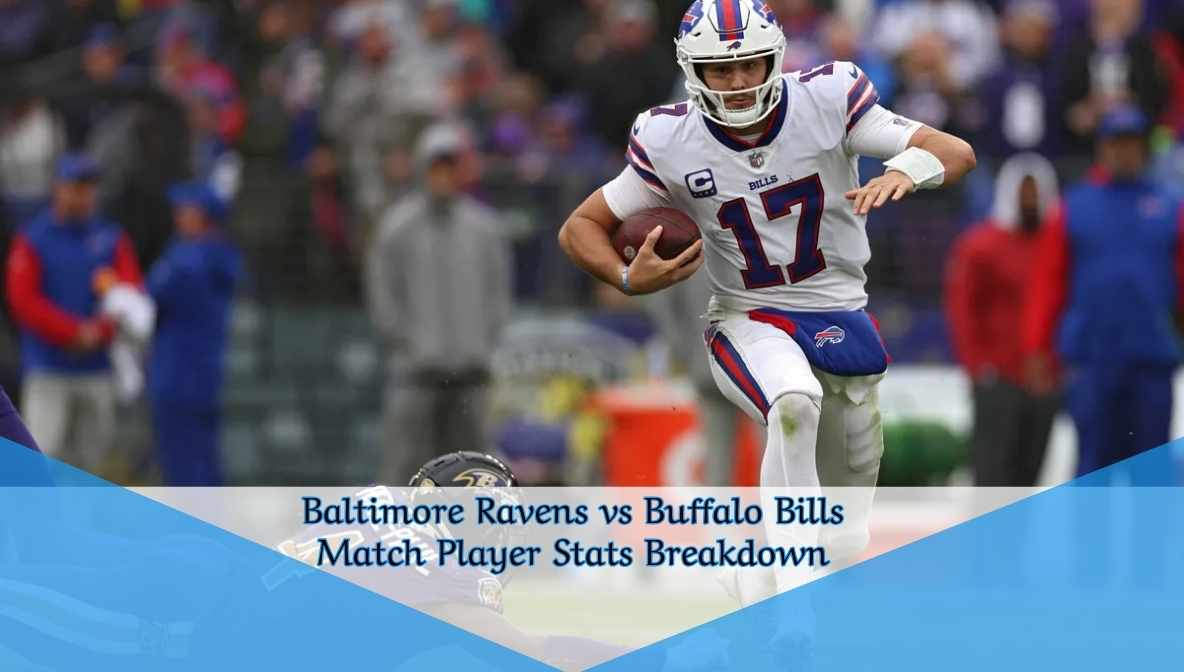Introduction: A Deep Dive Into the Stats of a Thrilling Encounter
The Cleveland Cavaliers vs Boston Celtics match player stats reveal a fiercely competitive game between two iconic NBA franchises. This new confrontation revealed both the strong and negative sides of the two teams by the way of individual stars. Superior play by players on high scores to defensive marvels by players, the result of the game was defined by every player. The statistics do not just give a further explanation to the match, but they can also make fans and analysts know how basketball has become dynamic nowadays.
The Cavaliers had playmaking and inside power, whereas the Celtics had better shooting guard play and passing. Taking a closer look at the player statistics allows one to understand the way each side implemented their game plans, and what their strong and weak points are. The game was actually a scoreboard, but with added detail in the story being scored in the form of rebounds, assists, blocks, steals, and percentages of shooting.
Key Points:
- It was a significant difference due to the Celtics’ perimeter shooting.
- The Cavaliers were dominant in the rebounds.
- The matchups of star players also made a lot of the drama.
Who was the Best Scorer during the Match?
Most commonly, the fans will look at the scoring first, and in this game, some players performed remarkably. Celtics Jayson Tatum and the Cavaliers’ Donovan Mitchell were outright offensive leaders. Tatum played like he always does, scoring 32 with 5 of 8 from the three-point line. His shooting and skills to maneuver through close defense were incredible. Mitchell, on the other hand, brought the Cavaliers back in the game with 28 points, putting his head down and scoring in isolation.
Role players played a good part behind the stars. Boston’s Jaylen Brown also added 21 points, and he was efficient in the transition moves. Darius Garland contributed an additional 18 points to the Cavaliers, but he was a little off in his shots, failing to sink 40 percent of all his shots.
To provide a more detailed analysis, here is the table demonstrating the top 5 of each team:
| Top Scorers – Boston Celtics | Points |
|---|---|
| Jayson Tatum | 32 |
| Jaylen Brown | 21 |
| Derrick White | 17 |
| Al Horford | 12 |
| Jrue Holiday | 11 |
| Top Scorers – Cleveland Cavaliers | Points |
|---|---|
| Donovan Mitchell | 28 |
| Darius Garland | 18 |
| Evan Mobley | 14 |
| Jarrett Allen | 12 |
| Caris LeVert | 10 |
Note: The figures indicate the depth that all these teams have in offense as compared to superstars.
Which Rebounders and Assist Leaders were there?
Basketball is not a game of scoring; rebounds and assists are very crucial in taking control of the game. The Cavaliers’ Jarrett Allen was a beast on the boards, recording 15 boards, 5 of which were offensive. His play in the paint provided Cleveland with second chances, and also hindered fast breaks of Boston.
Al Horford topped the Celtics with 11 rebounds. He is a bit older than the majority of competitors, though his locating and game IQ can help him graze defensive boards.
In assists, Marcus Smart, who has made it to the rotation of the Celtics, recorded 8 assists. He helped move the ball and create free shots for the other players. Another player who was very bright in this game was Garland, who grabbed 7 assists and often played as the playmaker of the Cavaliers.
So, we can compare some statistics: rebounds and assists:
| Player | Team | Rebounds | Assists |
|---|---|---|---|
| Jarrett Allen | Cavaliers | 15 | 1 |
| Al Horford | Celtics | 11 | 3 |
| Darius Garland | Cavaliers | 4 | 7 |
| Marcus Smart | Celtics | 3 | 8 |
| Jayson Tatum | Celtics | 6 | 5 |
Note: Rebounds and assists should always be checked to comprehend what is happening off the ball and unity.
The Effect of the Defense on Player Performances?
Defense was a critical aspect of the Cleveland Cavaliers vs Boston Celtics match player stats. The Celtics were magnificent in stymying the three-point performance of the Cleveland. Having a history of bad guard defense, Jrue Holiday made it hard on Garland throughout the game. The Celtics created 14 turnovers, which meant fast break scoring and a speed advantage.
The Cavaliers paid more attention to defense in the interior. Evan Mobley actually blocked 3 shots, and there are many more that were contested in the paint. They, however, failed to rotate quickly enough to cover the Celtics’ shooters, leading to them having a high 3-point shooting percentage of 42 percent.
It is the disparity in the defensive game styles that contributed to setting the pace in the match, as Cleveland opted to race Boston with its shot-blocking defense, whereas Boston preferred to slow the game down with stretching perimeter defense.
Note: Good defense does not necessarily reflect on the box score, but it defines game flow.
What were the hitting percentages of top participants?
Occasionally, efficiency might speak more than the number of points. A scorer of 20, made out of 30 attempts, may spend more time on the bench than a 15-point shooter off 10 shots. Jayson Tatum played very effectively in this game, shooting 55 percent in the field and 62 percent on the three-point line. Such accuracy even made the Cavaliers adjust their defensive tactics during the game.
On the opposing Cavaliers, Donovan Mitchell scored a bit lower than 43 percent of his shots. He was well defended and had to depend on disputed mid-range shots. The shooting problems between Garland did not end since he scored 6 of 15 shots.
So, efficiency ratings in the case of good performers:
| Player | FG% | 3P% | FT% |
|---|---|---|---|
| Jayson Tatum | 55% | 62% | 90% |
| Donovan Mitchell | 43% | 38% | 85% |
| Jaylen Brown | 47% | 35% | 88% |
| Darius Garland | 40% | 30% | 78% |
| Evan Mobley | 50% | — | 66% |
The lesson is that effectiveness, along with turnover, will tend to make a player critical of the game.
Who Were the Bench Players with a Significant Influence?
Although most attention is paid to starters, the role of bench players could not be diminished in this game, as they contributed, albeit minor way, to the match. Payton Pritchard gave the Celtics energy, space, with 8 points and 3 assists in 14 minutes. During the second quarter, he assisted in keeping the lead as the first team members were on the sidelines.
Isaac Okoro, Georges Niang were added to the bench of Cleveland. Okoro provided defensive energy and scored 6 points, whereas Niang made two decisive three-pointers, keeping the Cavaliers in the game in the third quarter.
Bench statistics might not seem bright, but they give starters some rest and regulate the tempo of the game.
Also, it is important to remember that bench production wins close games in the regular season and playoffs.
Conclusion: Statistics- what do the figures tell us about team strategies?
Analyzing the Cleveland Cavaliers vs Boston Celtics match player stats helps reveal the teams’ core strategies and execution. The strategy followed by Boston was the movement of the ball and the tight defense, as well as perimeter shooting. The Cavaliers played their big men and drove plays and aggressive defensive boards. Each team did what it does best, but Boston finished shots, and its bench helped them.
These elaborate statistics do not just tell numbers, but they tell the emotions and the game changes. They will surely be viewed by coaches and players as preparation for future games, as well as fans can watch them to understand the performance of stars they love better.
FAQ’s
1. Who bought the most points during the match between the Cleveland Cavaliers and Boston Celtics?
The top scorer was Jayson Tatum, who had 32 points, with the levels of shooting and decision-making being elite.
2. Who was the highest rebounding player?
Jarrett Allen, Cavaliers, was rampant in the paint area as he got 15 rebounds.
3. Three-point shooting percentage of the Boston Celtics?
Another reason that contributed to the Celtics’ victory was that they converted about 42 percent of their three-pointers.
4. What was the role of the bench in the game?
Fat people such as Payton Pritchard and Georges Niang also contributed valuable points and made at opportune moments to supplement starters.
5. What is the interest in shooting efficiencies when analyzing the match?
Efficiency describes a player’s scoring effect based on the number of attempts and therefore gives a better indication of performance quality.




